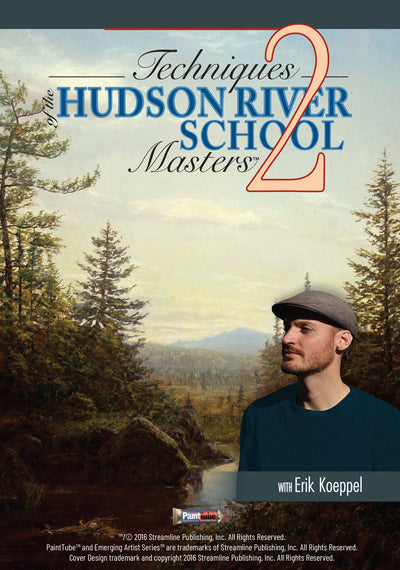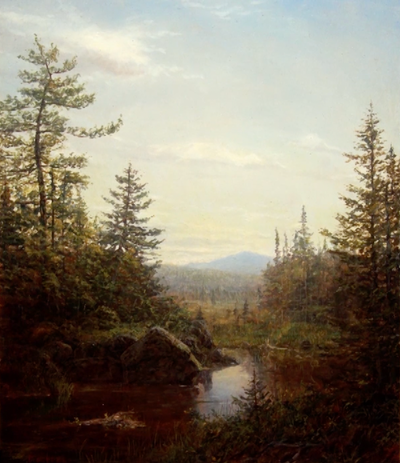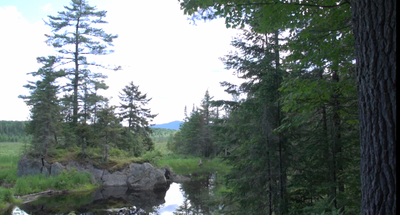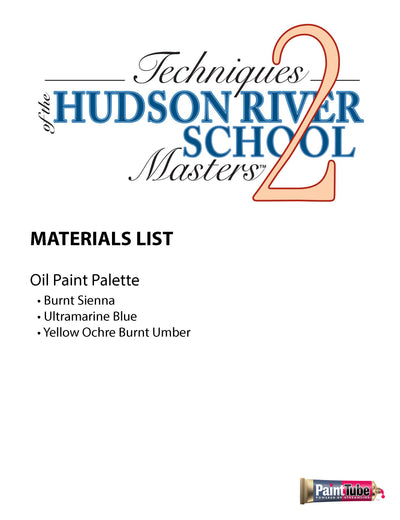Your Cart is Empty
FREE U.S. DOMESTIC SHIPPING ON ORDERS $199+ • 100% MONEY-BACK GUARANTEE • Lifetime Access • No Subscription
FREE U.S. DOMESTIC SHIPPING ON ORDERS $199+ • 100% MONEY-BACK GUARANTEE • Lifetime Access • No Subscription




$137.97 
Watch as this artist:
We all seek to become better painters, but is that enough?
Just imagine how it would feel to take a giant leap several levels above where you are now and master the techniques that only a few artists in the world today know about that would far exceed just becoming a better painter, wouldn't it?
And now, you have a chance to take that giant leap and see exactly what you need to do to make it happen!
But before we leap forward, we must take a step back in time to the mid-19th century, when a movement in American art mirroring Romanticism was channeled into breathtaking landscape paintings. These paintings centered on depictions of the Hudson River Valley and the surrounding areas of the Catskills, Adirondacks, and White Mountains.
This artwork reflected three themes of the time: discovery, exploration, and settlement — in classic American landscapes where nature and humans existed as one. These paintings were expertly detailed and awe-inspiring in a time of waning ruggedness and natural beauty.
After finding autumn in upstate New York to be brilliant and inspirational, Thomas Cole founded the Hudson River School, where painters such as Frederic Church, Sanford Gifford, and Asher B. Durand would take their inspiration from European painters to capture America's natural beauty.
Over time, the unique methods these artists employed were mostly forgotten and not passed on to younger generations of artists.
and now, as we come back to the present time, there are still very few artists who know about or use the secrets of the Hudson River School masters in their own artwork.
One of today's top artists, however, has made it his life's mission to seek out, study, practice, incorporate, and teach the once-lost methods of these great painters.
Paint Like a Hudson River School Master
Streamline Art Video is proud to partner with master artist Erik Koeppel in presenting the newest art instruction video in the Techniques of the Hudson River School Masters series. Three years in the making, the second in this series will take you on an even deeper journey into how these painters captured the landscape in a way that no other painters have since — the realistic details of the terrain, movement of the water, reflections, and how the land and sky meet and interact.
Erik is a gifted painter and instructor who is passionate about teaching the Hudson River School techniques. He paints quickly, yet explains every detail as he goes along so you won't miss any of the details.
By practicing and then mastering these incredible techniques, you will become one of the few artists who have this knowledge and skill, setting your paintings apart from all others. Whether you paint as a hobby to relax or you're a successful artist making a great living selling your artwork, you will benefit from incorporating what you will discover from Erik Koeppel in this video.
Watch as Erik: